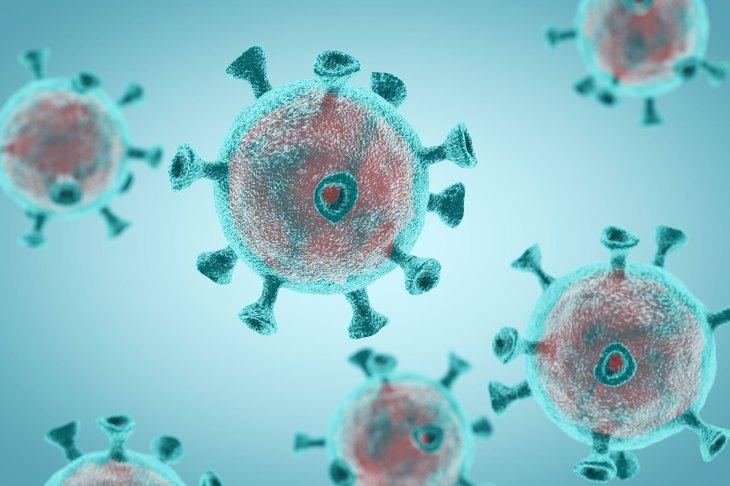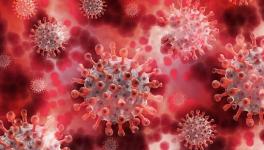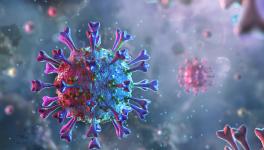COVID-19: Understanding Interplay Between Layers of Immune System Important for Treatment

How the immune system responds as soon as it encounters the SARS-C0V-2 and how the advancement towards a severe case of COVID-19 occurs is a great matter of concern in the treatment of this novel virus. In understanding the immune response, it is also pertinent to have a knowledge about the interplay among the various branches of the immune system.
A growing consensus is that in many severe cases of COVID-19, an overwhelming immune response is responsible and there might be a need to suppress it, at least at the initial phase of the infection. A study published in the Journal of Medical Virology on May 1, bolsters this line of argument. This study suggests that a temporary suppression of the immune system during the early phase of COVID-19 might help a patient avoid severe symptoms. This is because the interaction between two main parts of our immune system may lead the entire system to go into an overdrive and cause severity in some patients.
Let’s first have a quick look at how our immune system functions. The immune system has two main branches, or, one might say, two main parts. One is the innate immune response, while the other is called the adaptive immune response. The innate immune response is the body's first line of defense, getting activated as soon as an infection occurs. Like a footsoldier, it attacks the foreign invader—a bacteria, a virus, a fungus and so forth, kills it along with the cells of the body that were damaged by the foreign object. The adaptive immunity gets activated days later, if any virus remains even after the innate immunity’s fight and employs various specialised forces such as the T cells and the B cells.
The current research employed a mathematical paradigm, well known in immunological studies as the ‘target cell-limited model’. The researchers compared how the immune system functions in the case of COVID-19 with that in the case of the common flu (caused by the influenza virus).
The flu is a fast-moving infectious disease that also attacks certain target cells on the upper respiratory system and kills almost all of the target cells within a few days, say, within four/five days. The destruction of the target cells within a short span deprives the virus of more readily available target cells and the innate immunity gets enough time to clear the body off almost all the virus, even before the adaptive immunity comes into role.
But, in the case of COVID-19, the novel coronavirus has an average incubation period of six days, a much longer time span. Studies suggest that the adaptive immunity comes into play before the target cells are depleted, meaning, it interferes with the innate immunity’s ability to kill off most of the virus. This slows down the infection, but does not completely finish it.
Weiming Yuan, associate professor in the Department of Molecular Microbiology and Immunology at the Keck School of Medicine of USC, and the corresponding author of the study was quoted to have said about the findings of the study, “The danger is, as the infection keeps going on, it will mobilise the whole of the adaptive immune response with its multiple layers. This longer duration of viral activity may lead to an overreaction of the immune system, called a cytokine storm, which kills healthy cells, causing tissue damage.”
Cytokine storms have been in the limelight as a probable fuel of some COVID-19 deaths. Cytokine storm depicts a situation when the body's immune response goes into an overdrive. Under such a situation, the immune response of our body does more harm than benefits. Cytokines, the small protein molecules, are released by many different cells of the body in response to an infection. But when these proteins overwhelm, it concomitantly activates more immune cells creating hyper inflammation. Reportedly, cytokine storms are not present only in COVID-19, but also in other severe respiratory diseases such as SARS and the MERS.
Cytokine storm in COVID-19 patients and the interplay between the innate and adaptive immunity is thus a very important aspect as far as the treatment is concerned. Before the body goes into a rampage by the overdrive of the immune response, if an immune suppressive be applied at an early stage, severe complications later may be avoided.
The interplay between the innate and the adaptive immunity, as we discussed earlier, could also be the reason why some COVID-19 patients appear to be better after some time and again witness a more severe second wave of infection.
Sean Du, the first author of the study said, “Some COVID-19 patients may experience a resurgence of the disease after an apparent easing of symptoms. It's possible that the combined effect of the adaptive and the innate immune responses may reduce the virus to a low level temporarily. However, if the virus is not completely cleared, and the target cells regenerate, the virus can take hold again and reach another peak.”
Get the latest reports & analysis with people's perspective on Protests, movements & deep analytical videos, discussions of the current affairs in your Telegram app. Subscribe to NewsClick's Telegram channel & get Real-Time updates on stories, as they get published on our website.
















